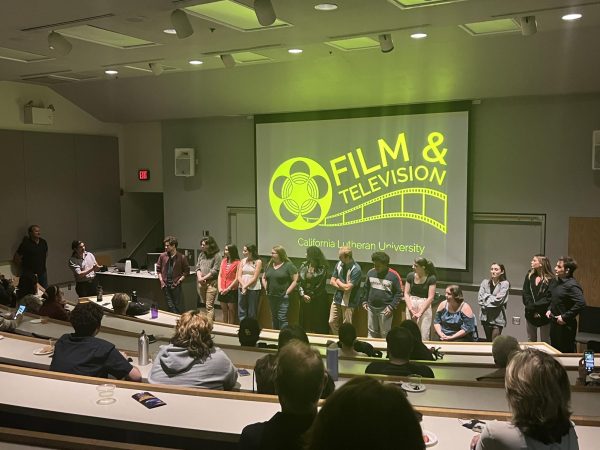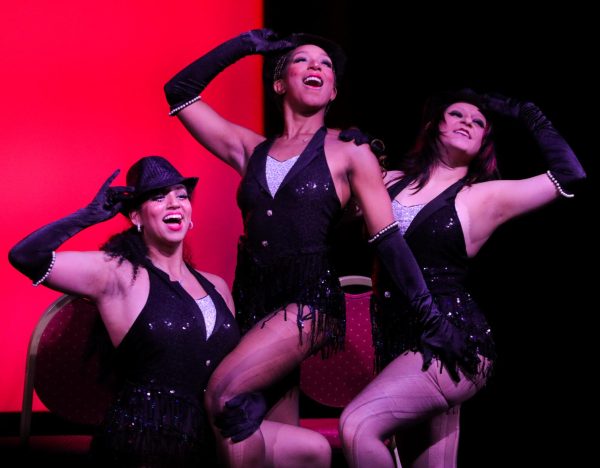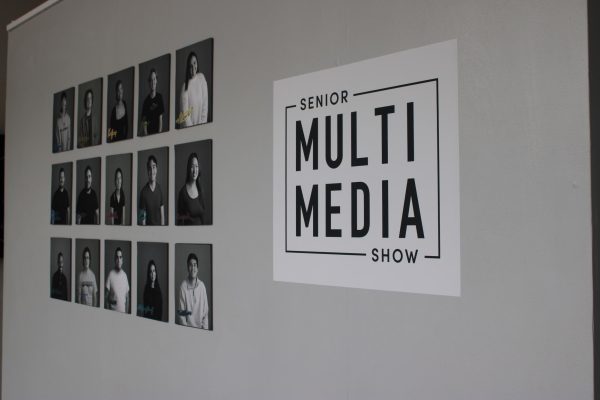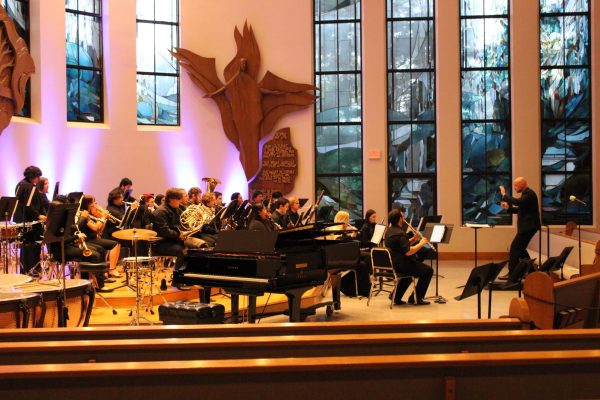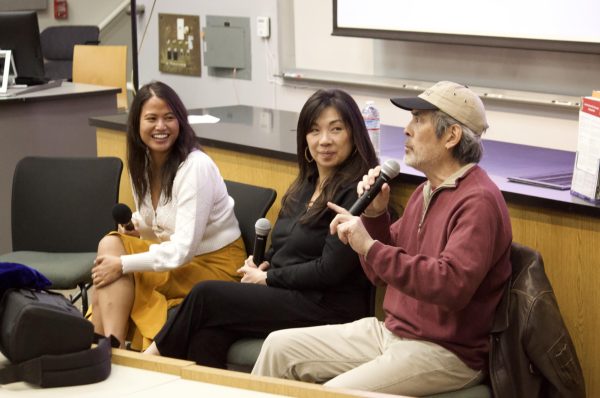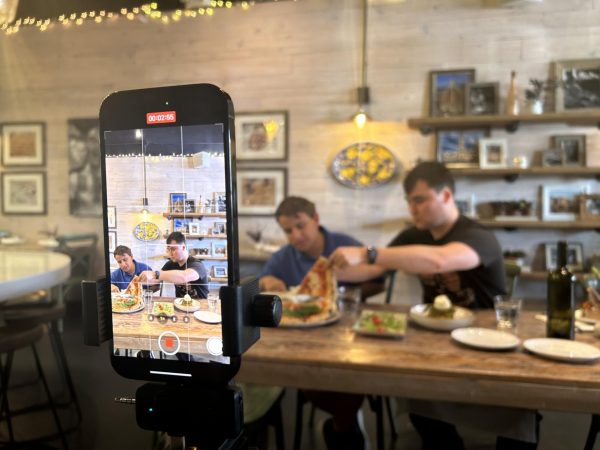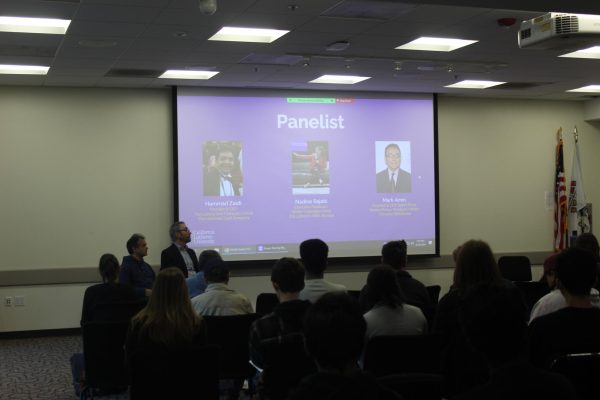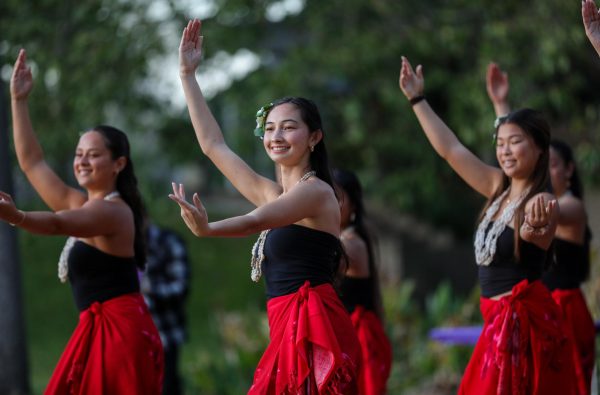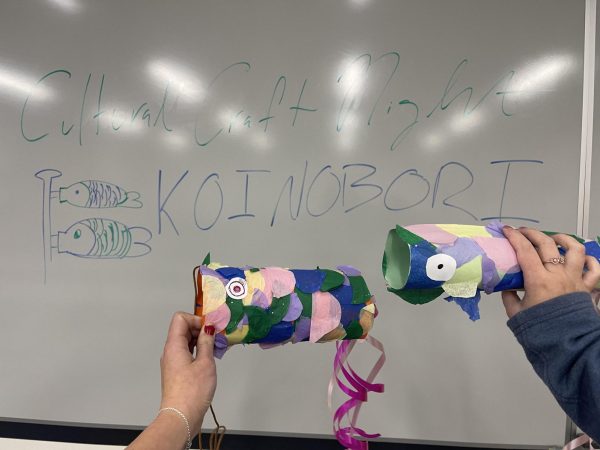Presentation describes poetry and hip-hop as ‘tools of social justice’
February 22, 2021
The Center for Cultural Engagement and Inclusion (CCEI) hosted an Open Mic Night over Zoom last week, allowing students to learn more about the origins of hip-hop and spoken word as a part of their Black History Month celebration.
Unfortunately, no artists volunteered to share their work during the Zoom event, however, a conversation about the history of hip-hop and spoken word continued as planned.
The presentation focused on how hip-hop and spoken word are closely related art forms. Presenter and Coordinator for Cultural Engagement and Inclusion Izzy Ortiz discussed how both have deep roots within Black history and are used to express the oppression faced within the Black community, during the presentation.
Poets including Maya Angelou, Audre Lorde, and Langston Hughes arose form the Harlem Renaissance era. With the rise of hip-hop and rap in the 1990s, many famous rappers created songs speaking on injustices the Black community faced. Some of these well known rappers included Tupac, Common and NWA.
Ortiz said in an email interview that the presentation aimed to evaluate how poetry and hip-hop music are intertwined with one another, as they are both used as tools for social justice.
“Black individuals are the ones who created these genres!” Ortiz said. “They used these forms of art to express themselves and to shed light on the injustices they face every day within this country.”
Ortiz said she wants students to learn about the origins of hip-hop and spoken word, how it celebrates and recognizes Black history, and how hip-hop music today has evolved with the times.
“I think students at CLU would have loved to have the opportunity to hear individuals recite poetry or a rap a piece that expresses their experiences,” Ortiz said. “[We] would have loved more participants! However, I get the Zoom fatigue.”
Nicole Gonzales, assistant director of Student Life and Student Diversity Initiatives, said Ortiz’s presentation was very well put together and informative about the evolution of both art forms throughout history.
“In terms of what we try to provide for the center, it met those expectations,” Gonzales said in a Zoom interview. “We want to have fun and engaging events and programs, but we also want folks to take away something from our events.”
The CCEI is a space for students to be introduced to and learn about different cultures, along with acting as a safe space for those who are underrepresented.
“The CCEI always tries to ensure we are celebrating and educating individuals on culture & identity related issues,” Ortiz said. “So through this event I really wanted individuals to know the history of hip-hop & spoken word and to hear their peers who would have expressed themselves to understand what they go through, to shed light on individuals who are marginalized, and to stay connected and informed during Black History Month.”
Gonzales said spaces like the CCEI exist to bring visibility to marginalized communities and to have conversations regarding topics such as race.
“I think that’s a very important part on a person’s sense of belonging on campus where you feel like your culture is celebrated and highlighted,” Gonzales said. “I think the other important part is engaging in conversations around race and racism and understanding the context and engaging in conversation outside of the classroom that you wouldn’t necessarily get inside.”



